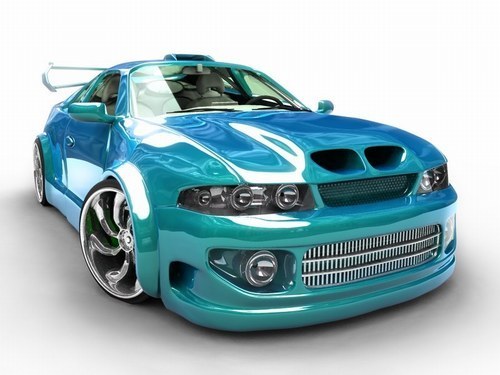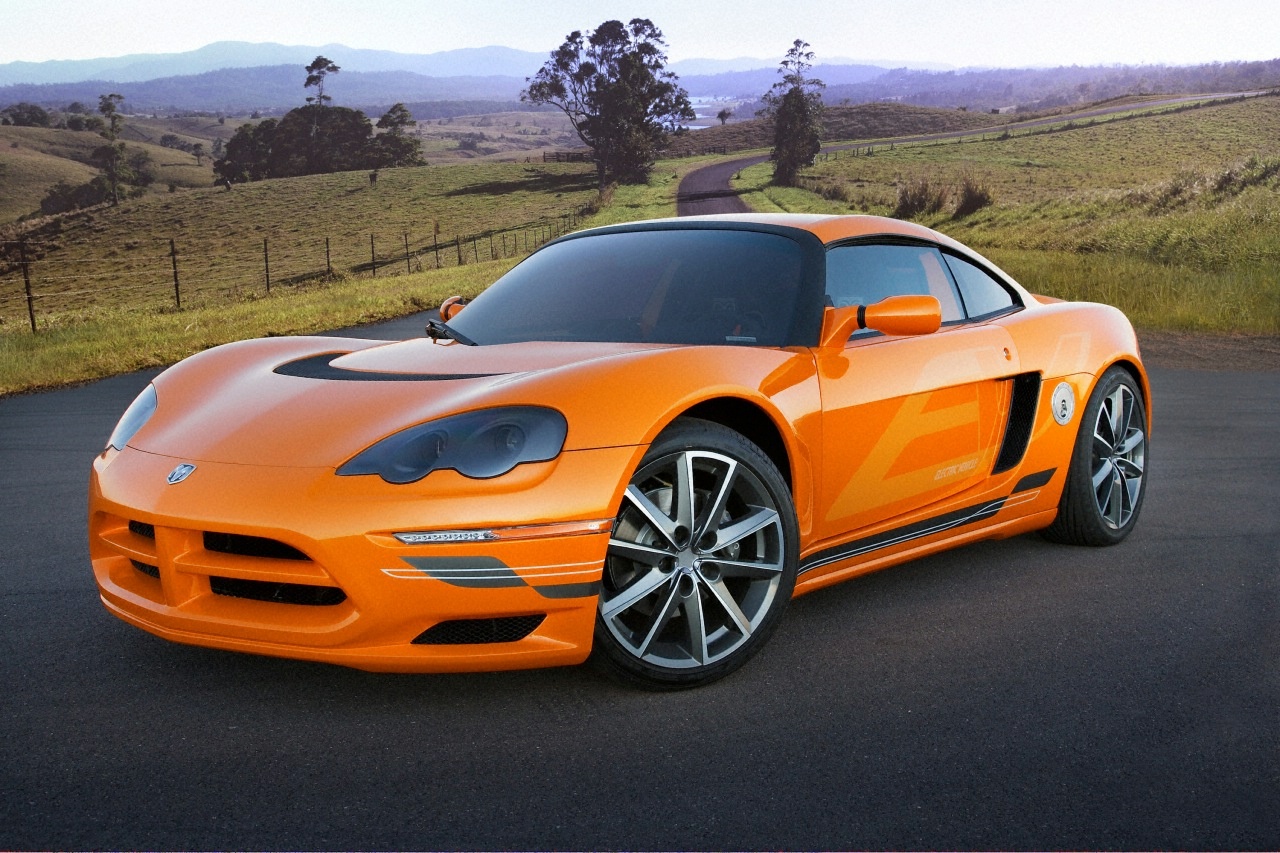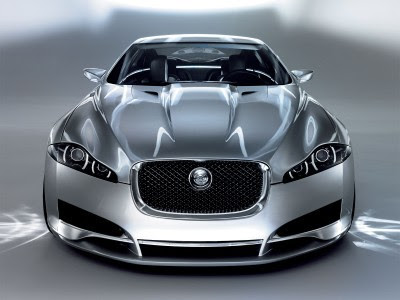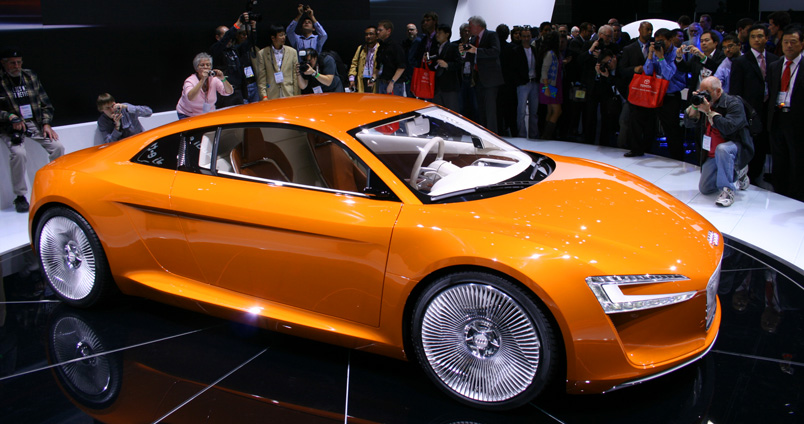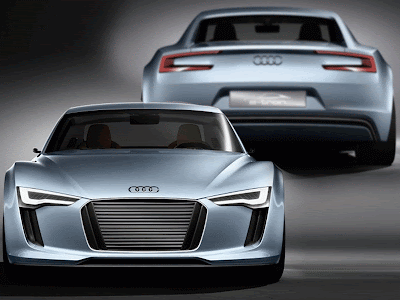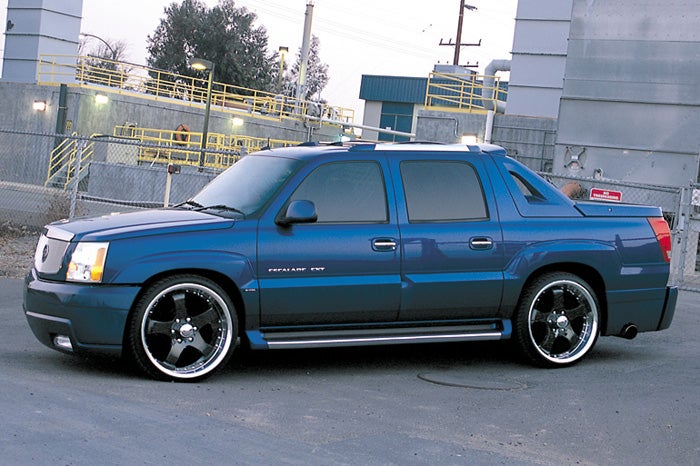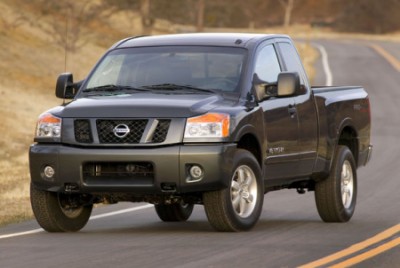Total Pageviews
Popular Posts
-
Volkswagen has finally lifted the covers of its New Midsize Sedan [NMS], and it's name is... Passat . In other words, the Wolfsburg-base...
-
2010 Dodge Ram 2500 Lux Interior View 2010 Dodge Ram 2500 Front Picture View 2010 Dodge Ram 2500 Side Angel View 2010 Dodge Ram 2500 Interi...
-
2011 Ford F-150 SVT Raptor SuperCab / SVT Raptor SuperCrew Up View 2011 Ford F-150 SVT Raptor SuperCab / SVT Raptor SuperCrew Interior View ...
-
Over the past year, numerous scoops and a major leak , accompanied by several official releases , have shed light on many details on the 20...
-
photo from http://steampunkvehicles.tumblr.com/ info from http://earlyaviators.com/eoliver.htm and http://www.ctie.monash.edu.au/hargrave...
-
2012 Mercedes-Benz CLS Front View 2012 Mercedes-Benz CLS Side Angel View 2012 Mercedes-Benz CLS Interior View 2012 Mercedes-Benz CLS Rear Vi...
-
One of the most highly anticipated world premieres of the 2011 NAIAS , the new U.S. market 2012 Volkswagen Passat , turned out to be one of ...
-
There's nothing like a cool gold car to let everyone know you're not short of cash! Featuring Gold versions from Porsche, BMW, Bugat...
-
2011 Kia Sportage Front View 2011 Kia Sportage Side Angel View 2011 Kia Sportage Interior 2011 Kia Sportage Interior View 2011 Kia Sportage ...
-
A collection of cool car paint jobs. There are some seriously cool and wacky car art masterpieces out there on our streets! Wonder how much ...
Feedjit
Friday, November 5, 2010
Buick Regal GS 2012
It’s here. Buick enthusiasts have been brimming with anticipation for the return of an iconic performance moniker. We’ve seen plenty of the new Regal, but here’s our first official look at the high-performance-themed 2012 Buick Regal GS.
As expected, the car’s European roots and Opel handprint are unmistakable on the visual side. The Regal GS shares many styling similarities with the Insignia OPC, including the satin-metallic, vertical air intake ducts prominently forged to the front fascia. A unique front grille sits between the bi-xenon HID headlights, while trapezoidal exhaust outlets give the rear a more striking look. An integrated rear spoiler and rocker panel extensions build up the theme of aggression. But we’d be remiss to call the Buick an Opel clone, as this Regal comes solely with front-wheel drive and four cylinders beneath the hood.
The engine pressed into service was never a secret. Regal GS drivers will be treated to a version of GM’s direct-injected and turbocharged 2.0-liter Ecotec inline-four used in the Regal CXL Turbo, only with more power. Buick’s tuning team fitted a 3-inch-diameter exhaust system and encouraged the intercooled, twin-scroll turbocharger to compress even greater amounts of air for a more fiery combustion. The gain in performance numbers is obvious on paper: The CXL Turbo is rated at 220 horsepower and 258 pound-feet of torque; the GS version puts out 255 horsepower and 295 pound-feet.
2012 Buick Regal GS Rear Three Quarters View Driver
Click to view Gallery
As Buick’s gift to the enthusiast, a six-speed manual comes standard and helps propel the Regal GS from 0-60 mph in under 7 seconds (the CXL Turbo we just tested takes 7.5 seconds to get there). Despite its estimated 3710-pound curb weight, fuel economy isn’t affected at 19 city/29 highway mpg, which is 1 mpg better in the city than the weaker CXL Turbo. The Regal GS will be offered with a six-speed automatic with Driver Shift Control at a later date, and that transmission will be sufficient for 18 city/28 highway mpg.
With fuel efficiency numbers pleasing enough for the CAFE bean counters, let’s dive into the components. The target Regal customers (re: young) who are thrilled to row their own gears will no doubt also appreciate the lowered ride height, Brembo front four-pot brake calipers, real-time Computer Damping Control, and Interactive Drive Control System (IDCS).
As expected, the car’s European roots and Opel handprint are unmistakable on the visual side. The Regal GS shares many styling similarities with the Insignia OPC, including the satin-metallic, vertical air intake ducts prominently forged to the front fascia. A unique front grille sits between the bi-xenon HID headlights, while trapezoidal exhaust outlets give the rear a more striking look. An integrated rear spoiler and rocker panel extensions build up the theme of aggression. But we’d be remiss to call the Buick an Opel clone, as this Regal comes solely with front-wheel drive and four cylinders beneath the hood.
The engine pressed into service was never a secret. Regal GS drivers will be treated to a version of GM’s direct-injected and turbocharged 2.0-liter Ecotec inline-four used in the Regal CXL Turbo, only with more power. Buick’s tuning team fitted a 3-inch-diameter exhaust system and encouraged the intercooled, twin-scroll turbocharger to compress even greater amounts of air for a more fiery combustion. The gain in performance numbers is obvious on paper: The CXL Turbo is rated at 220 horsepower and 258 pound-feet of torque; the GS version puts out 255 horsepower and 295 pound-feet.
2012 Buick Regal GS Rear Three Quarters View Driver
Click to view Gallery
As Buick’s gift to the enthusiast, a six-speed manual comes standard and helps propel the Regal GS from 0-60 mph in under 7 seconds (the CXL Turbo we just tested takes 7.5 seconds to get there). Despite its estimated 3710-pound curb weight, fuel economy isn’t affected at 19 city/29 highway mpg, which is 1 mpg better in the city than the weaker CXL Turbo. The Regal GS will be offered with a six-speed automatic with Driver Shift Control at a later date, and that transmission will be sufficient for 18 city/28 highway mpg.
With fuel efficiency numbers pleasing enough for the CAFE bean counters, let’s dive into the components. The target Regal customers (re: young) who are thrilled to row their own gears will no doubt also appreciate the lowered ride height, Brembo front four-pot brake calipers, real-time Computer Damping Control, and Interactive Drive Control System (IDCS).
Wednesday, November 3, 2010
Subscribe to:
Posts (Atom)


